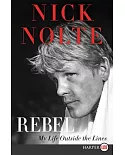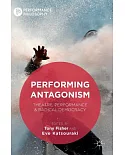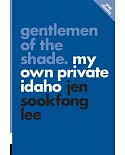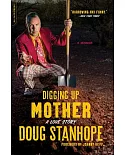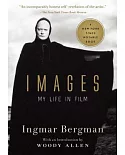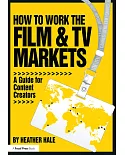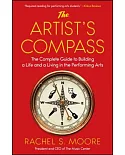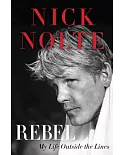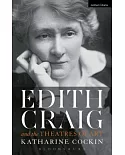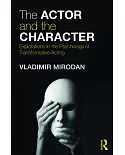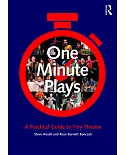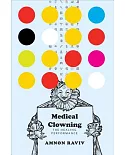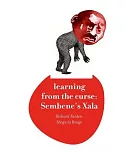This is the first in-depth study of the films of Michael Moore. It is organized as an anthology of papers. The editors proceed from the premise that Moore’s films can be usefully understood as
rhetoric (persuasion) rather than documentary nonfiction or objects of art. While a number of contributors give some attention to artistic or factual aspects of films like Bowling for Columbine
and Fahrenheit 9/11, they are mainly analyzed here as forms of public argument, political art, or both. The contributors are scholars of rhetoric. They take up topics in relation to these films
that range from documentary as a system for healing cultural trauma to technical aspects of how Moore’s rhetoric works to affect the emotions of viewers to how Moore’s output has affected the
genre of documentary film. One contributor includes still images in their essay; the rest do not. Annotation ©2015 Ringgold, Inc., Portland, OR (protoview.com)


